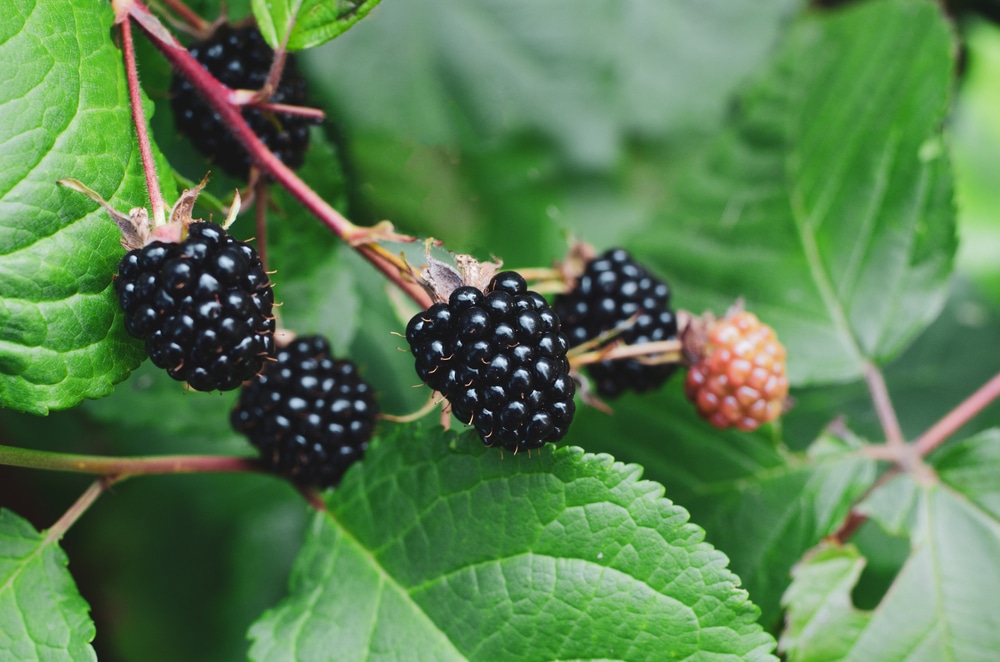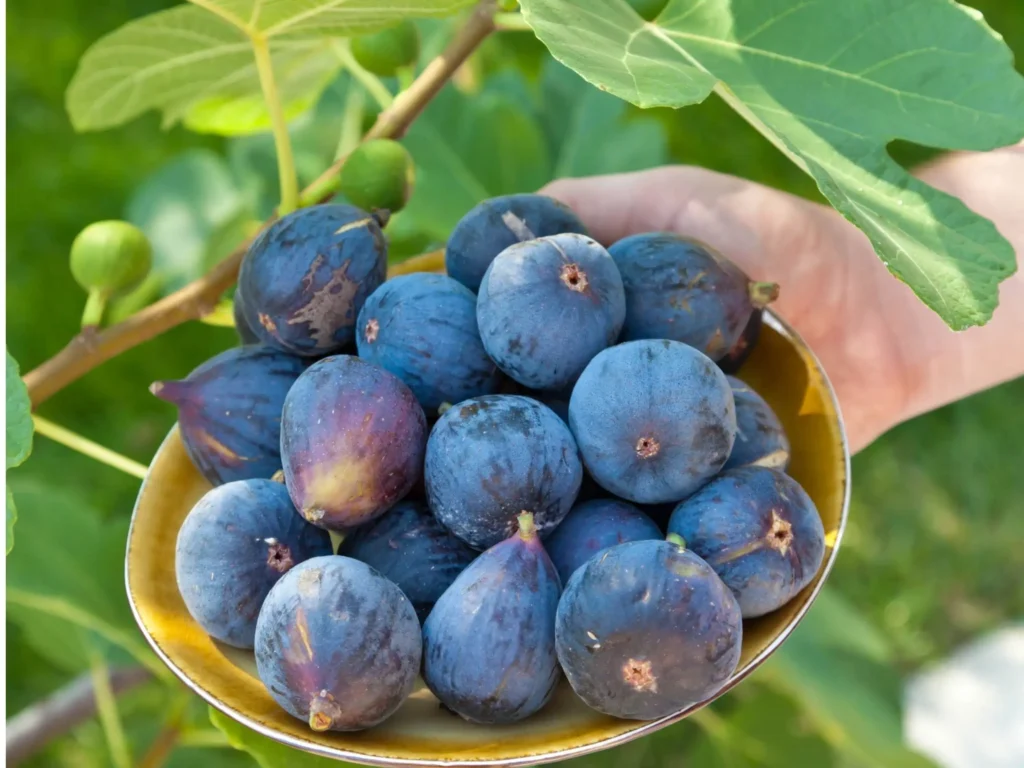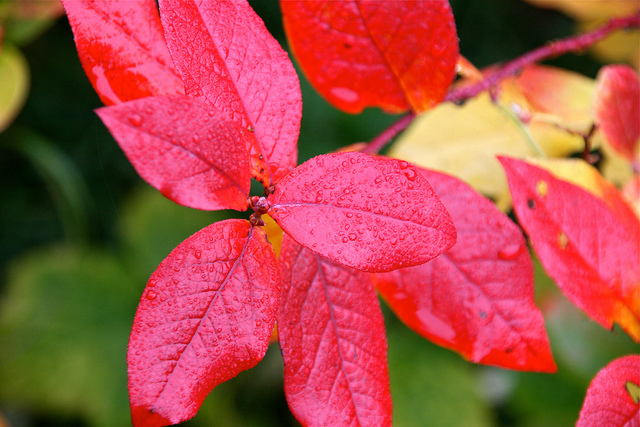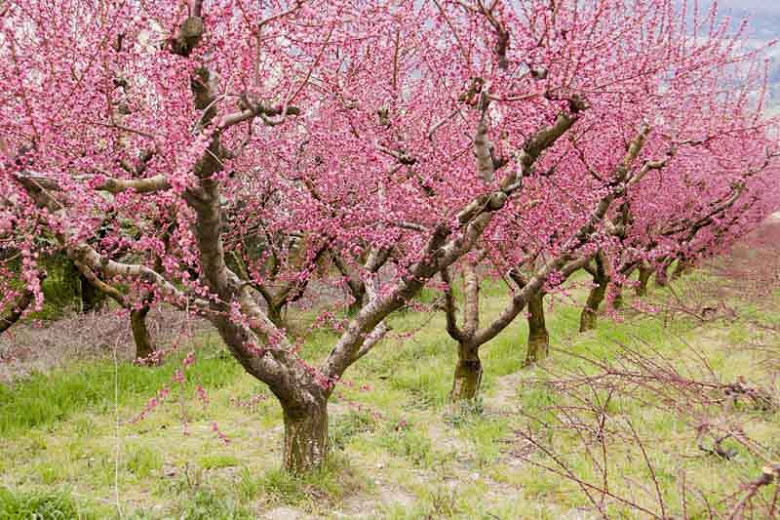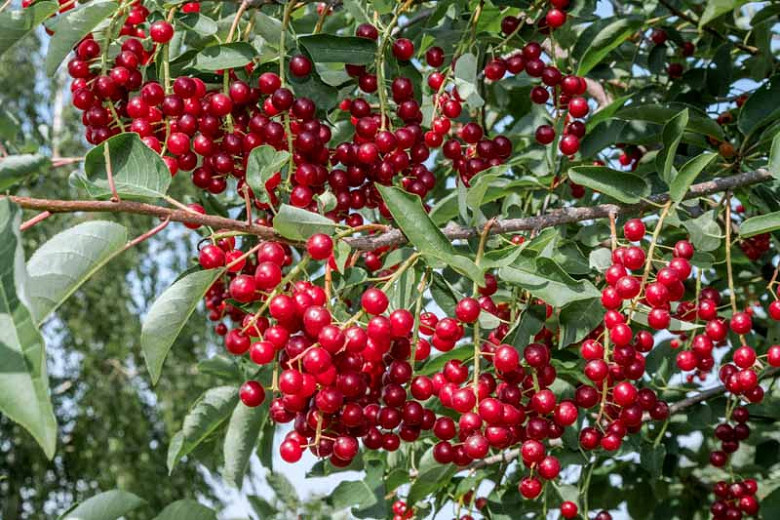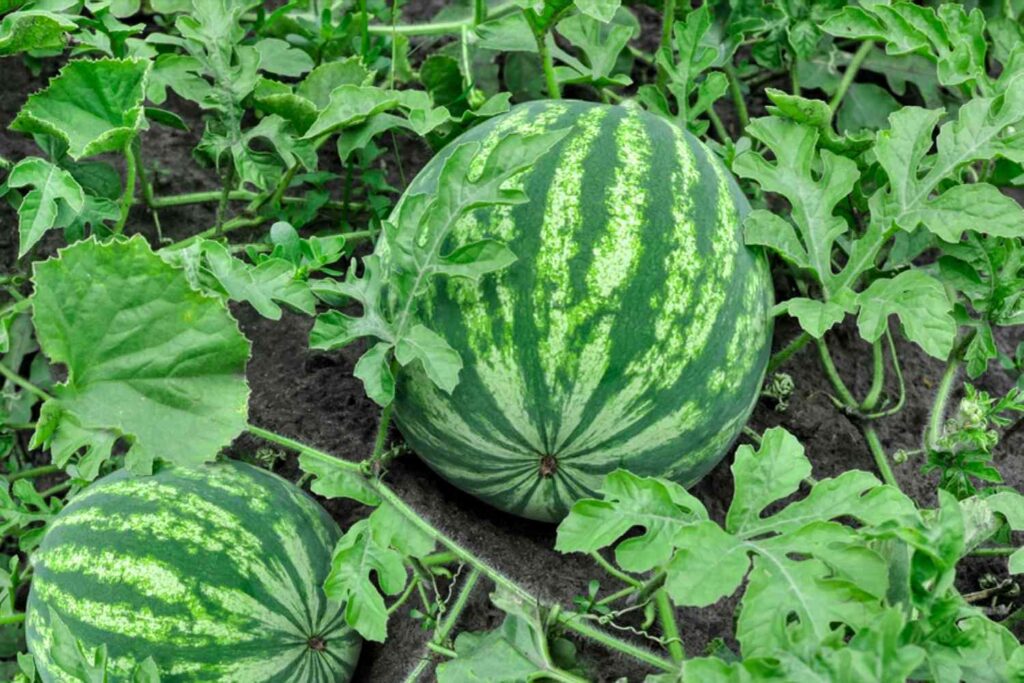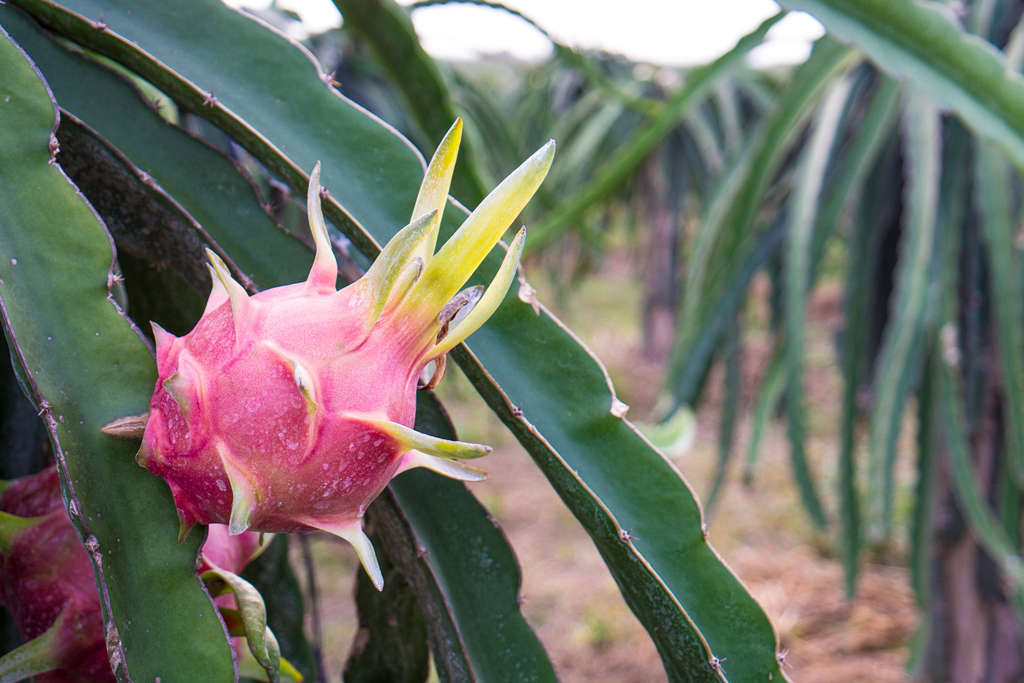Palm trees are tall and beautiful, with leaves that remind us of a tropical paradise. But some people wonder if these plants are actually considered real trees. We’re going to look closely at what makes palm trees special, their history, and what makes them different from other kinds of trees.
Table of Contents
The Anatomy of Palm Trees
Palm trees look like other trees because they are tall and have what seems like a trunk and leaves. But the way they are built is quite unique.
The trunk of a palm tree doesn’t have branches like other trees. Instead, it has one straight stem that ends with a bunch of leaves at the top. This shape makes palm trees look elegant and stand out in the sky.
The Remarkable Palm Fronds
Palm tree leaves, called fronds, come in many different forms. Some look like feathers, while others are more complex, like the leaves of the coconut palm.
Every kind of palm has its own style of leaf. These leaves do a lot for the palm tree, like help make food from sunlight, keep the right amount of water, and give animals a place to live.
Palm Trees: Not Your Average Trees
Evolutionary Origins of Palm Trees
Palm trees are very old and have been around for millions of years. They come from a family of plants called Arecaceae.
Scientists have found fossils of plants that were like palm trees from a time before dinosaurs. These plants changed over time and turned into the many kinds of palm trees we see now.
The Diversity of Palm Trees
There are over 2,500 different types of palm trees around the world. They grow in places like tropical forests, warm lands near the equator, and even deserts.
Some palm trees are very tall, and others are small. This huge variety means palm trees are important in nature because many animals and plants depend on them.
What Sets Palm Trees Apart?
The Lack of Secondary Growth
One thing that makes palm trees different from other trees is they don’t get wider as they grow, which other trees do in a process called secondary growth.
Palm trees stay about the same width their whole life, which makes them look skinny and smooth compared to trees that have wide, rough trunks.
The Woody Interior
Even though palm trees don’t get wider, they still have a kind of wood inside their trunks.
Instead of having rings like other trees, palm tree trunks are filled with tough, stringy bits called vascular bundles that help the tree stand up straight. These fibrous trunks let palm trees bend in the wind without breaking when there are storms.
Are Palm Trees Real Trees?
People who study plants, called botanists, say that palm trees can definitely be called real trees. They say a tree is any plant that lives for a long time, has a woody trunk, branches, and leaves. Palm trees fit this description, even though they are different from most trees we know.
The Taxonomical Debate
Some people think palm trees should have their own special category because they’re so different from other trees. They suggest calling them “arborescent monocots.” But most scientists agree that palm trees belong to the tree family because they share a lot of things with other trees.
Conclusion
Palm trees are true trees with their own amazing features that make them stand out. They have straight trunks and a cluster of leaves up top, and they grow in a way that’s not like other trees.
Learning about palm trees helps us understand their importance in the world and how they’ve been around for such a long time. The next time you see a palm tree, think about how special it is. It’s not just another part of the scenery. It’s a living piece of history and a beautiful and strong plant that deserves our respect.

